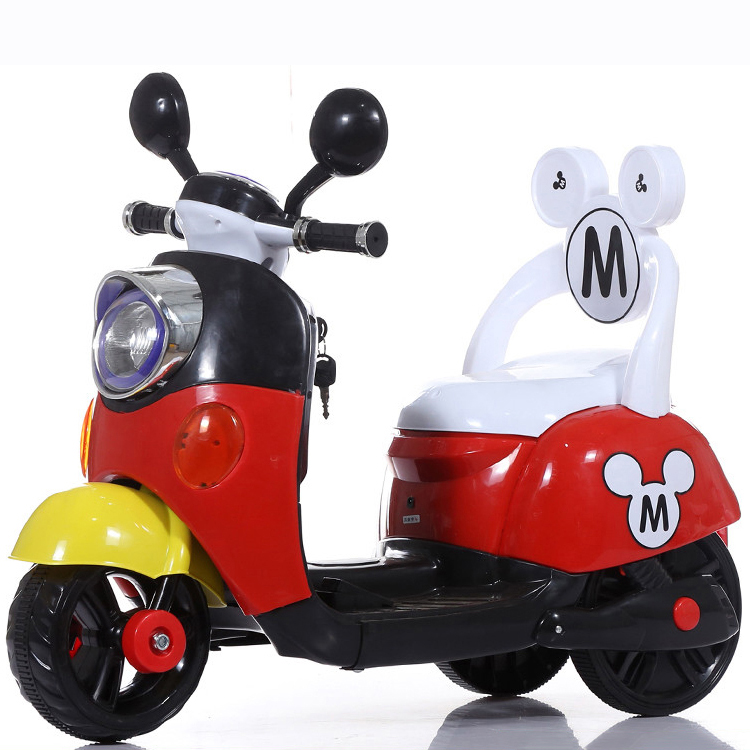baby walker ages
Understanding Baby Walkers and Appropriate Ages for Use
Baby walkers have been a popular item for many parents, often seen as a means to facilitate early mobility in infants. However, there is ongoing debate about the appropriate age and developmental stage for using baby walkers, considering their potential risks and benefits. Understanding these factors can help parents make informed decisions that prioritize the safety and development of their child.
What is a Baby Walker?
A baby walker is a device designed to support infants who are learning to walk. Typically, it consists of a seat surrounded by a frame on wheels, allowing the baby to sit upright while moving around. The allure of baby walkers lies in their promise to help children explore their environment before they can walk independently. However, they also raise concerns about safety and developmental appropriateness.
Appropriate Age for Baby Walkers
Most experts suggest that baby walkers should only be used for infants who are already able to sit up unassisted, which usually occurs around 6 to 8 months of age. At this stage, babies are beginning to show signs of wanting to move and explore their surroundings. Using a walker too early can pose risks, as younger infants may lack the muscle control and coordination necessary to safely use the device.
It is also crucial for parents to supervise their children closely while using walkers. Even if a child is at the appropriate age, the walker could create hazards if the baby can navigate unassisted into potentially dangerous areas. Therefore, it's essential for parents to ensure a safe environment and limit distractions that might encourage the baby to move towards unsafe zones.
The Risks Involved
Despite their intended use, baby walkers have been linked to several safety concerns. Research indicates that walkers can lead to injuries, ranging from minor bumps and bruises to more severe accidents, such as falls down stairs or collisions with furniture. The American Academy of Pediatrics (AAP) has even recommended against the use of baby walkers due to these dangers.
baby walker ages

Furthermore, reliance on walkers can potentially delay a baby's physical development. Babies who use walkers may miss out on important milestones associated with crawling and exploring their environment through other means. Crawling is crucial for developing muscle strength and coordination, and when children are confined to a walker, these critical experiences could be compromised.
Alternatives to Baby Walkers
Given the potential risks associated with baby walkers, many parents are now considering safer alternatives to foster mobility and independence in their infants. Here are a few effective options
1. Playpens or Activity Centers These provide a safe space for infants to play and explore while developing muscle strength. With various toys and activities, these centers stimulate curiosity and movement without the dangers of mobility that walkers present.
2. Push Toys Once a baby is starting to pull up to stand and take steps, push toys offer great support for cruising and walking. These toys encourage exploration and are often designed to be more stable than traditional walkers.
3. Floor Time Allowing infants plenty of tummy time and unassisted time on the floor helps develop core strength and gross motor skills. This natural practice is crucial for their eventual ability to stand and walk independently.
Conclusion
While baby walkers may appear to be a useful tool for parents eager to encourage their child's early walking, the associated risks and potential delays in development are significant concerns. Understanding the appropriate age for use, staying informed about safety, and exploring alternative options can provide a safer and more effective approach to supporting your child's physical development. As always, consulting with pediatricians about the best practices for infant mobility can help smooth the transition from crawling to walking. Ultimately, allowing children to develop at their own pace in a safe environment is the best strategy for fostering healthy movement and growth.
-
Best Infant Strollers 2021: Top Choices for Safety & ComfortNewsAug.11,2025
-
Best Infant Strollers 2021: Top Rated & Luxury OptionsNewsAug.11,2025
-
Luxury Infant Strollers: Modern, Premium & Top-RatedNewsAug.10,2025
-
Kids' Powered Ride-On ATVs Manufacturer | Quality & SafeNewsAug.09,2025
-
Best Infant Strollers 2021: Top Rated, Safe & ComfortableNewsAug.08,2025
-
Baby Strollers Factories: Top Manufacturers & Wholesale SuppliersNewsAug.07,2025
